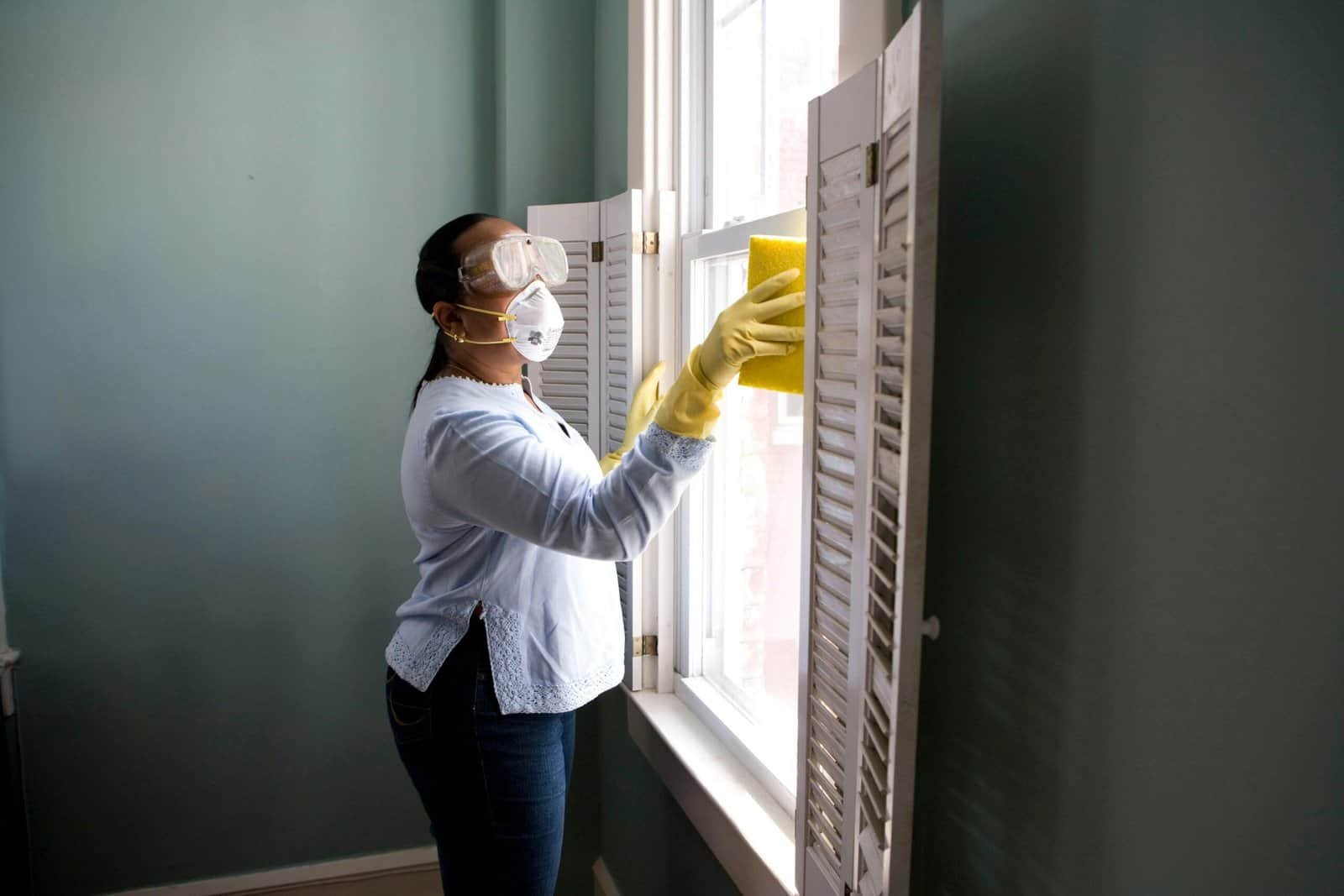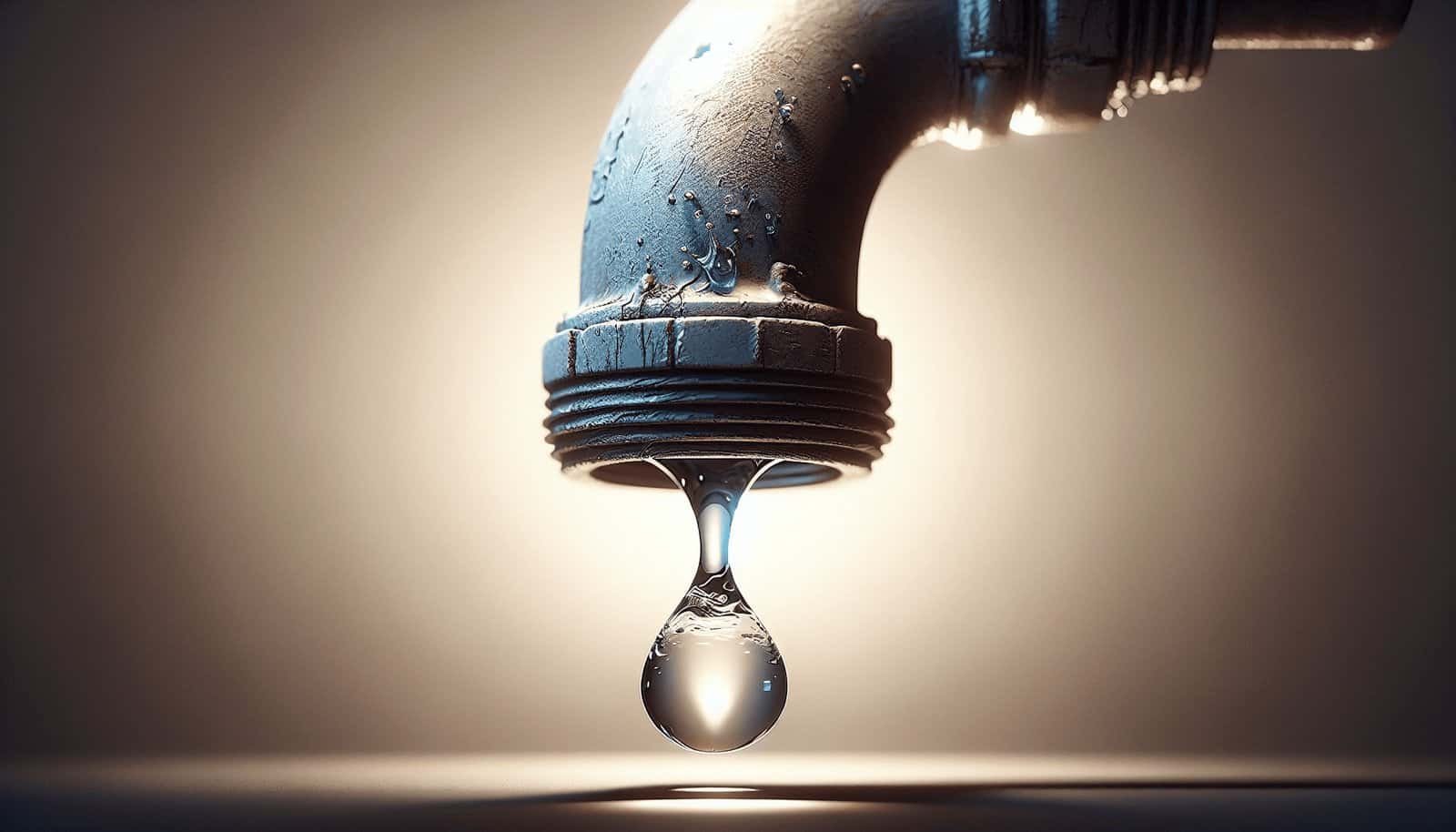Have you ever wondered about the intricacies of maintaining your well and ensuring its water remains safe to drink? The term “backflow” might sound technical, but understanding it is crucial if you’re reliant on a well for your water supply. Let’s uncover what backflow is, how it can impact your well water, and discuss the best practices for protecting your wellhead.
Understanding Backflow
In basic terms, backflow is the undesirable reversal of water flow in a plumbing system. This reversal can lead to contaminated water flowing back into your clean water supply, particularly concerning if you rely on a well for your water.
How Does Backflow Occur?
Backflow can happen for a couple of reasons, primarily due to backpressure or backsiphonage.
- Backpressure occurs when the pressure in your system exceeds the pressure of your water supply system. This situation forces potentially contaminated water to move back into the clean water supply.
- Backsiphonage happens when there’s a sudden drop in the water pressure in your supply system. This pressure drop creates a vacuum effect, pulling water back into the system.
Why Is Backflow a Problem?
Backflow can introduce hazardous substances into clean water supplies. These contaminants can include harmful pathogens, chemicals, and debris, posing significant health risks. For well owners, backflow is particularly concerning because wells often serve as a private source of water that doesn’t go through the same municipal treatment processes.
Effects of Backflow on Your Well
When backflow occurs, the contaminants that enter your well water can have several detrimental effects. These can range from health risks to infrastructural problems and even long-term environmental issues.
Health Risks
The most immediate concern with backflow is the health risk it poses. Contaminants such as bacteria, viruses, and chemicals can enter your drinking water supply. These harmful substances can lead to illnesses and diseases, ranging from minor stomach upsets to severe infections or chronic health conditions.
Damage to the Well System
Backflow can also contribute to the physical deterioration of your well system. Contaminants like sediment and corrosive chemicals can erode or damage pipes and pumps over time. This damage may require costly repairs or replacements, emphasizing the importance of preventing backflow.
Environmental Concerns
Well contamination can extend beyond your immediate water use, affecting the surrounding environment. If contaminants spread through groundwater, they can pollute nearby water bodies, harming local ecosystems and affecting agriculture, wildlife, and plant life.
Identifying Backflow Problems
Early identification of backflow issues can prevent extensive damage and health risks. There are several signs to watch out for that may indicate a backflow problem in your well.
Changes in Water Quality
One of the most noticeable signs of backflow is a change in your water’s taste, odor, or color. If your water becomes discolored or develops an unusual taste or smell, it might indicate contamination from backflow.
Reduced Water Pressure
A sudden drop in water pressure may suggest a backflow issue. While this can occur for various reasons, if it coincides with other signs of contamination, it’s worth investigating further.
Presence of Respiratory or Gastrointestinal Illnesses
If members of your household exhibit symptoms related to waterborne illnesses, such as nausea, vomiting, or diarrhea, it might be linked to contaminated well water. In such cases, prompt testing and investigation are necessary.

Best Practices for Wellhead Protection
Protecting your wellhead is essential to maintaining the integrity and safety of your well water. Here are some best practices that every well owner should follow.
Regular Maintenance and Inspections
Consistent maintenance of your well system is key to preventing backflow. Schedule regular inspections and cleanings to ensure your well remains in good working order. Trained professionals can identify potential issues before they turn into significant problems.
Install a Proper Backflow Prevention Device
One of the most effective measures is to install a backflow prevention device. These devices are designed to allow water to flow in one direction only, preventing the reversal of flow that leads to contamination. Consult a professional to determine the best type of device for your specific well system.
Maintain a Safe Distance from Contaminants
To prevent surface contaminants from entering your well, ensure that the wellhead is adequately distanced from potential sources of pollution. This can include septic systems, fertilizer applications, and chemical storage areas. Proper siting is a crucial step in wellhead protection.
Secure and Cap the Wellhead
Ensure that your wellhead is properly capped and secure. A tightly sealed wellhead prevents debris and other contaminants from entering the system. Regular checks should be made to ensure the cap is intact and free from damage.

Regular Water Testing
Consistent testing of your well water is critical in identifying contamination early. Testing should be part of your well maintenance routine and should occur at least once a year, or more frequently if there are signs of potential contamination.
What to Test For
Conduct comprehensive testing that includes checking for bacteria, nitrates, heavy metals, and other contaminants. Some regions may have specific testing requirements based on the common pollutants in the area. Consulting with a local water specialist can help tailor your testing to your well’s needs.
Interpreting Test Results
Understanding your test results is crucial for maintaining water quality. If contaminants are detected, immediate action is required to address and mitigate the issue. This might involve enhanced filtration, treatment solutions, or in severe cases, a temporary alternative water source.

Conclusion
Knowing about backflow and its potential effects on your well is a vital part of maintaining a safe and reliable water system. By staying informed and proactive in managing potential backflow issues, you ensure that your well water remains clean and safe for your household. Keeping up with best practices for wellhead protection, regular testing, and maintenance are all integral to safeguarding your water supply. Embrace these practices to keep the water you and your family depend on uncontaminated and safe to drink.



